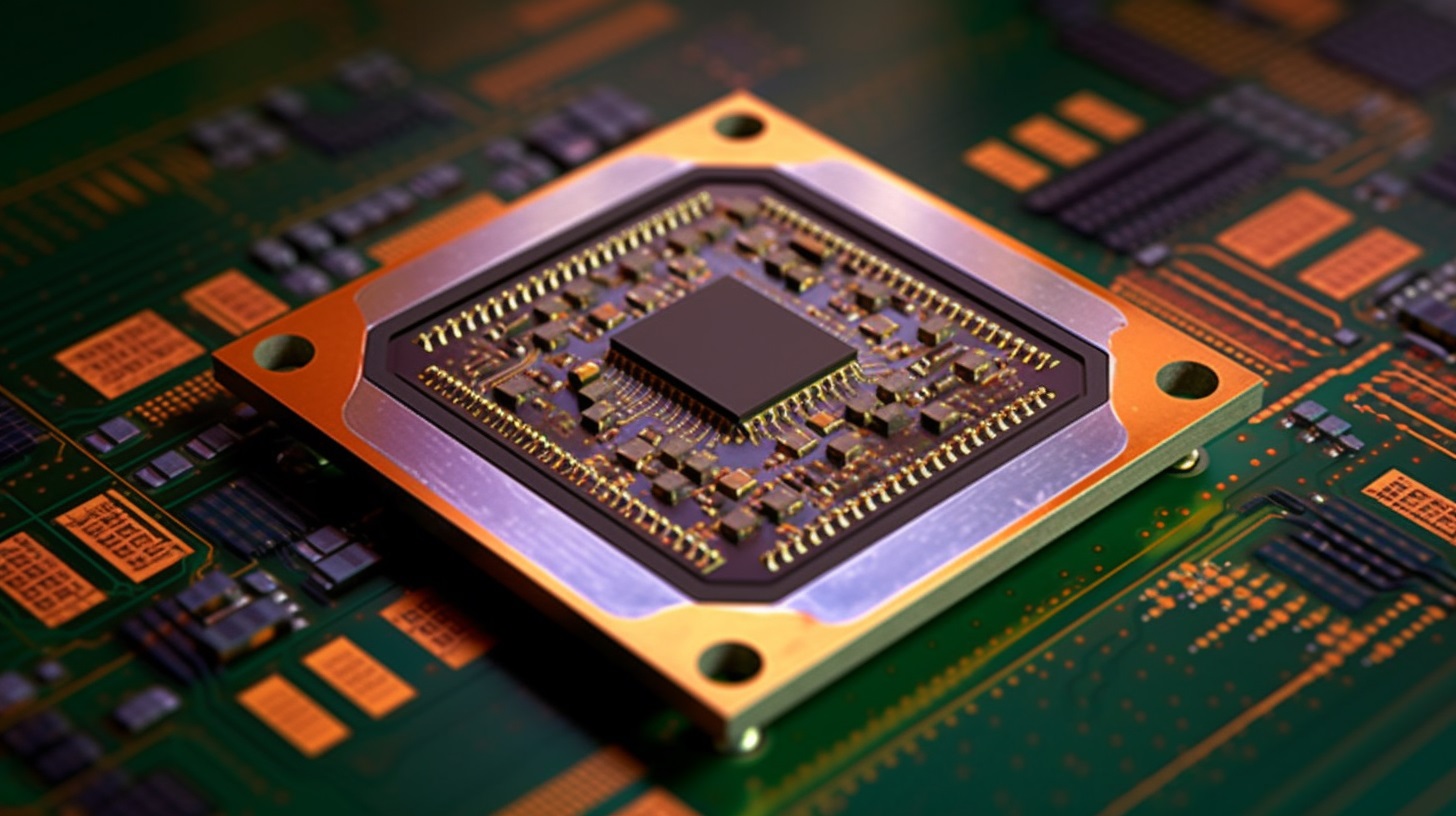Google is rumored to be considering an ambitious move in the semiconductor industry by designing its future Tensor chips in-house. This development could potentially have significant implications for the company’s hardware division and its ability to compete in the rapidly evolving tech landscape.
The Tensor chip, first introduced in Google’s Pixel 6 smartphones, is a custom-designed system-on-a-chip (SoC) that combines various components, including the central processing unit (CPU), graphics processing unit (GPU), and artificial intelligence (AI) accelerators. By developing its own chips, Google aims to have greater control over the performance, efficiency, and unique features of its devices.

The decision to design its own chips aligns with Google’s broader strategy of vertical integration, where the company seeks to have a more holistic approach to hardware development and software optimization. By creating custom chips, Google can tailor them to its specific software needs, resulting in better performance and improved user experiences.
Furthermore, designing chips in-house can provide Google with a competitive edge in terms of speed and efficiency. It allows the company to optimize hardware and software integration, enabling tighter integration between AI capabilities and other system functions. This level of optimization can lead to improved performance, longer battery life, and enhanced AI-driven features in Google’s devices.

Google’s Own Tensor Chips
Another crucial factor motivating Google’s move is reducing dependence on external chip manufacturers. The global semiconductor industry has been facing significant supply chain challenges, with shortages and increased lead times for chips. By developing its own chips, Google can potentially mitigate these risks and have more control over its supply chain.
However, it’s important to note that designing and manufacturing chips in-house is a complex and resource-intensive process. It requires expertise in areas such as chip architecture, design, and manufacturing, as well as substantial investments in research and development. Nevertheless, Google has the necessary resources and technical capabilities to pursue this ambitious undertaking.

If Google successfully transitions to designing its own Tensor chips, it could have far-reaching implications beyond just its smartphones. The company could potentially incorporate these custom chips into other hardware products, such as laptops, tablets, smart home devices, and even data center infrastructure. This level of vertical integration would strengthen Google’s ecosystem and position the company to deliver more cohesive and seamless experiences across its devices.
In conclusion, Google’s potential decision to design its future Tensor chips in-house represents a strategic move that could enhance its hardware division and competitiveness in the tech industry. By leveraging its expertise and resources, Google aims to have greater control over chip performance, software integration, and supply chain management. This ambitious endeavor could ultimately lead to more advanced and optimized devices across various product categories.



















